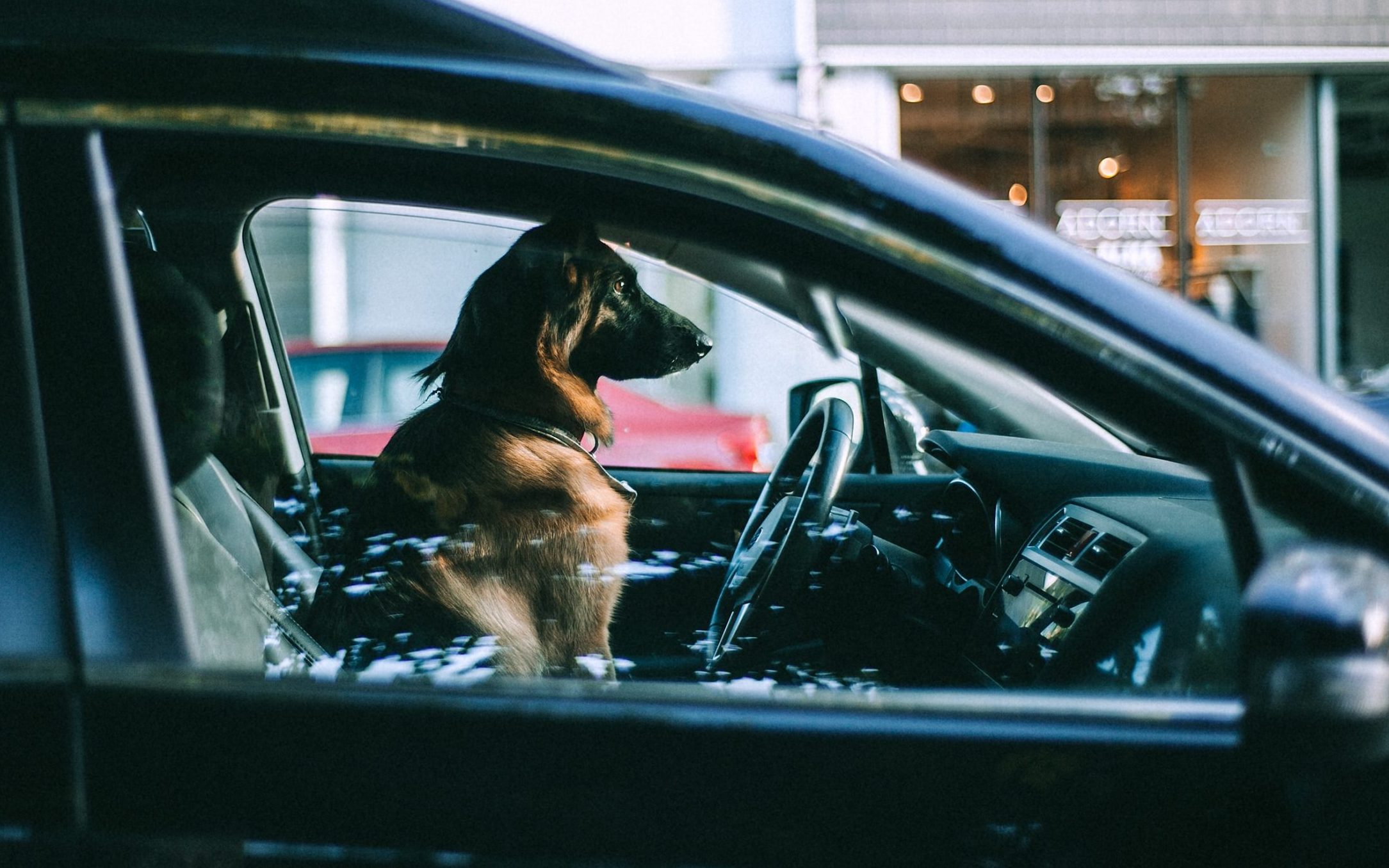Hot Car Deaths and the Ohio Good Samaritan Law: Understanding Legal Protection and Responsibility
Posted in Accident & Injury, Health & Wellness on June 25, 2020

On average, 40 children and hundreds of pets die each year from vehicular heatstroke in unattended cars. In 2022, 33 children and 54 animals died from heat-related injuries. It only takes minutes for temperatures inside vehicles to spike to dangerous levels. For example, on an 80-degree day, the temperature inside a car can rise to approximately 114 degrees in 30 minutes.
You may think you’ll never have a reason to break into another person’s vehicle, but bystanders are critical in preventing these tragic deaths. Be prepared to take action by following these steps.
What to do if a child or pet is trapped in a hot car
First, if the child or pet appears to be okay, attempt to locate the parents. If you’re in a public place, have the facility page the car owner over the intercom system.
Good Samaritans who break into a vehicle to save a minor or an animal are protected by Ohio law from any civil liability or damages. If the child or pet is in distress or is not responsive, follow these instructions.
- Quickly check for unlocked doors, then call 911 or recruit a bystander to do so if you’re not able to gain access to the vehicle. Under Ohio law, you must take these steps to receive immunity for any damage or other charges.
- Locate a tool you can use to break the car window, such as a tire iron or screwdriver. If you keep an emergency kit in your vehicle, consider adding an inexpensive window hammer.
- Select the side window furthest from the child to reduce the risk of injuries resulting from shattered glass.
- Drive the tool into one of the window’s lower corners until the glass breaks. Avoid focusing your efforts on the center of the window, as this is the strongest section.
- Carefully clear any remaining glass shards from the edges of the window and remove the child from the vehicle while you wait for emergency personnel to arrive at the scene.
Sections 2151.88 and 959.133 of the Ohio Revised Code outline the full details of the immunity offered to those who come to the rescue in these situations. Take a few minutes to review the guidelines so you’ll be prepared to take action without hesitation.
Elapsed Time vs. Interior Car Temperature (F)
A study by the Division of Emergency Medicine showed that the interior temperature of vehicles parked outside during temperatures from 72º F to 96º F increased with time. The study also showed that cracking the windows had little effect on the interior temperature.
| 0 min | 70º | 75º | 80º | 85º | 90º | 95º |
| 10 min | 89º | 94º | 99º | 104º | 109º | 114º |
| 20 min | 99º | 104º | 109º | 114º | 119º | 124º |
| 30 min | 104º | 109º | 114º | 119º | 124º | 129º |
| 40 min | 108º | 113º | 118º | 123º | 128º | 133º |
| 50 min | 111º | 116º | 121º | 126º | 131º | 136º |
| 60 min | 113º | 118º | 123º | 128º | 133º | 138º |
| > 1 hour | 115º | 120º | 125º | 130º | 135º | 140º |
Don’t take the chance of leaving your child or pet inside your car. Always looks in the front and back seat of the vehicle before locking the doors and walking away. As for your pets, they are much safer at home than going along for a ride with you.